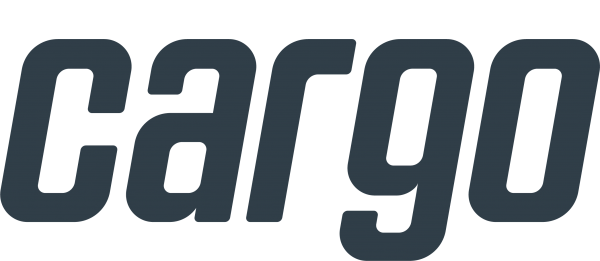Three takeaways from RE+ 2022 on clean energy initiatives and what’s driving adoption
At Cargo, we love making things better. Work, life, business — you name it, we’re looking for ways to improve it. So, when given the chance to expand our knowledge at an industry event, we’re there.
Recently, we had the opportunity to travel to Anaheim, California to attend RE+ 2022. This annual, four-day conference “brings the modern energy industry together to foster a cleaner future for all.” It’s the largest clean energy event in North America and offers an incredible opportunity to connect, discover, and dream.
Now that the show’s closed, we’re looking forward to returning in 2023. But we’re also excited about the clean energy trends explored at this year’s event. Check them out:
Trend #1: Tax Incentives for Clean Energy Purchases
Cleaner, renewable energy alternatives are gaining traction in the United States. Solar energy capacity, for instance, is growing rapidly. In 2021, around 18.6 GW of solar capacity had been installed in the States — more than double the capacity of 2019.
And now, the United States Inflation Reduction Act (IRA) is further expanding access and demand for clean energy alternatives. Passed in August 2022, this bill represents the largest climate change investment in U.S. history, increasing clean energy and climate action spending to $369 billion.
Included in this spending are tax credit incentives (beginning in 2023) for consumers purchasing clean energy alternatives. Here’s an overview of the credit types and amounts:
- Investment Tax Credit: 30% for wind and solar energy purchases.
- Production Tax Credit: $0.026/kWh for commercial wind and solar energy production.
- Energy Efficient Home Improvement Credit: Up to $1,200 annually for homeowners upgrading to more energy efficient alternatives.
- Clean Vehicle Tax Credit: $7,500 for new hydrogen fuel-cell or electric vehicles (EVs), or $4,000 for used vehicles.
With these tax credits in the mix, demand for electric vehicles (EVs), hydrogen fuel-cell vehicles, battery storage systems, high efficiency household items, and more is expected to grow exponentially in 2023 and beyond.
Trend #2: EVs and Charging Infrastructure
The United States expects to see 20 million EVs on the nation’s roadways by 2030. The question is, will the infrastructure be there to support them?
Plans for expanding EV charging infrastructure in the United States are in the works. A $5 billion National Electric Vehicle Infrastructure (NEVI) Formula Program has been established to strategically deploy EV charging infrastructure across the country. The NEVI Formula is also designed to create an interconnected charging network to facilitate EV data collection, access, and reliability.
At the RE+ event, a panel of experts addressed some of the hurdles and pain points associated with EV adoption, including charging infrastructure. The panelists discussed that although the range of EV charge has improved, an overall lack of widespread infrastructure still exists. This makes justifying an EV purchase difficult for some consumers, despite impending tax incentives and clean energy initiatives.
It’s up to brands to educate and empower consumers as the EV landscape continues to evolve. [CLICK HERE] to read more on the rise of the EV industry and what it means for brands.
Trend #3: Green Hydrogen Technology
One of the most popular topics at the event was emerging hydrogen technologies. Green hydrogen is a clean energy source, emitting only water vapor and leaving no residue in the air.
Since 2005, patents for green hydrogen technology have grown 18% year over year. It’s an upward trending industry, especially for fuel cells. However, the cost to make green hydrogen technologies market-ready is significantly higher at the industrial level. Energy terminals, for instance, could use green hydrogen technology to replace or supplement natural gas. But at this point, the cost to do so isn’t sustainable for most operations.
The innovation potential for green hydrogen production is incredible. We look forward to watching this market expand and evolve as clean energy investments climb.
Marketing a Clean Energy Future
RE+ 2022 taught us that the demand for cleaner energy has never been greater. But we also know that the supply and demand for EVs, commercial energy alternatives, and high efficiency household appliances aren’t aligned. While the supply chain catches up, brands must adjust their marketing strategies to stay connected with clean energy customers.

